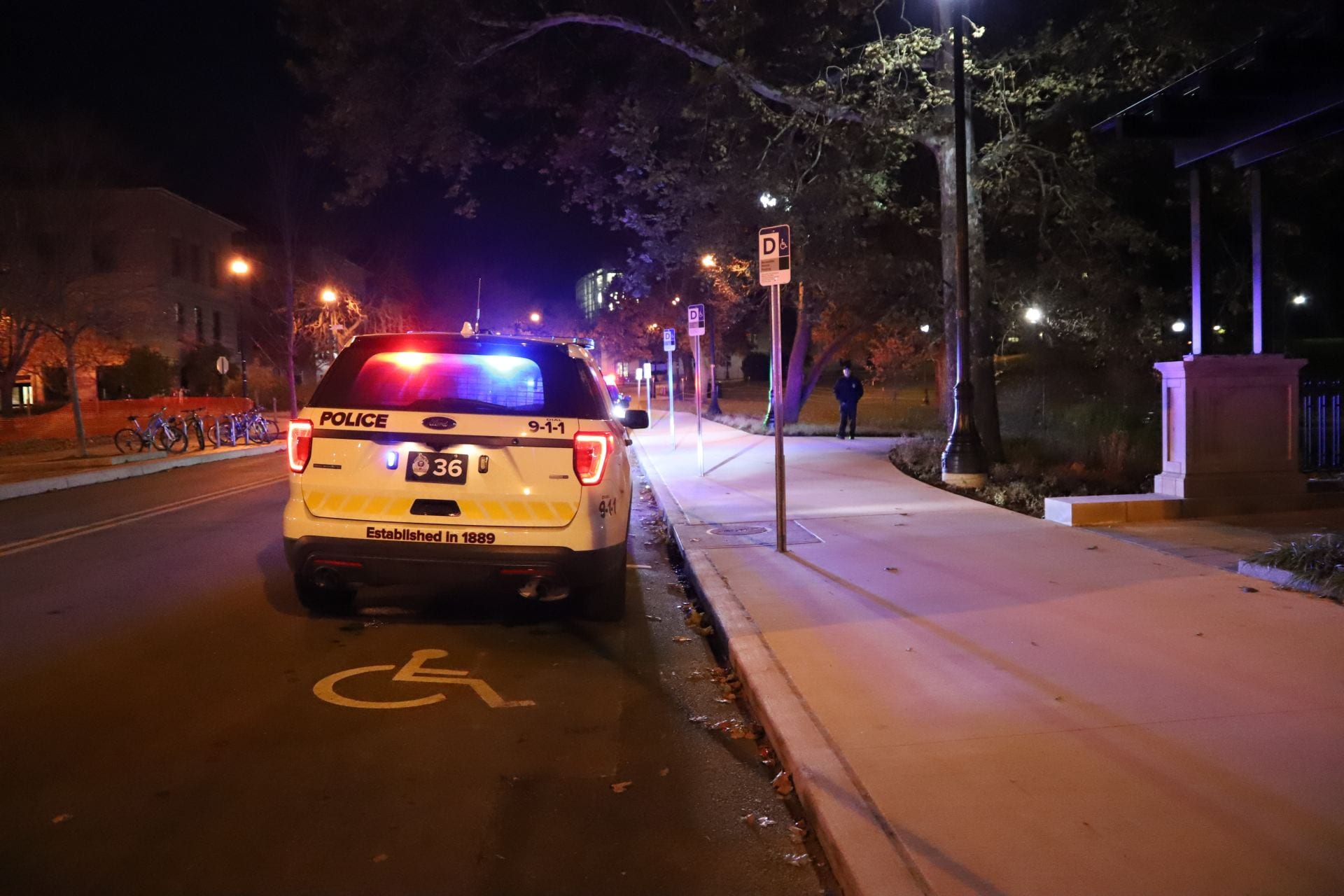The thought of another film about the Holocaust should be enough to send even film scholars running for the hills. But unlike “Schindler’s List” and “Life is Beautiful” – in-depth and inaccurate depictions of Jewish life during World War II – “Nowhere in Africa” isn’t a film defined by the travesty. The Holocaust sets up the film, but from there, the story is truly original.
After winning the Oscar for Best Foreign Language Film, it comes as no shock “Nowhere” is a little different from most other films. Instead of showing concentration camps and barely-there survivors, the film shows the sweeping Kenyan plains and the Redlich family.
In order to escape the growing power of the National Socialists, the Redlichs are forced to flee Germany in 1938 for Africa, a common refuge for Jews. Despite being from the upper crust before their move, Walter (Merab Ninidze) is forced to work as a farmhand, as the family couldn’t take anything with them when they left.
His wife, Jettel (Juliane Köhler, Aimée of “Aimée and Jaguar”), and daughter Regina, make the move later, although Jettel is in denial of the situation, hoping to quickly make the return trip to Germany.
But much of the film is really about Regina. Based on Stefanie Zweig’s memoirs, the picture is seen through the child’s eyes, as she makes the adjustment to her new surroundings. Unlike her mother, Regina quickly befriends the family cook, Owuor (Sidede Onyulo), and learns to exist within her environment.
It is within this environment that director Caroline Link sets up the picture’s juxtaposition. Upon arriving in Africa, Jettel immediately sees the continent as savage and the people as less than human. After a few futile attempts to boss Owuor around, Jettel begins to see the African people as equals – different, yes, but equals nonetheless. Whether faced with a lack of water or Biblical plagues, Jettel eventually learns it is up to everyone standing together to make life work.
The film benefits from not pounding the message in. Instead, the obvious politics of the picture take a backseat to the beautifully simple relationship between Owuor and Regina. Although the pair represent the two distinct ethnic groups in Africa – in the film version of Africa, that is – neither see the differences between them. At times, they are teacher and student; at others, father and daughter. But at no point during the film are they servant and master – Regina never saw herself as superior.
This point is strengthened by the chemistry between the three actors playing the two characters. Onyulo connects with both Lea Kurka and Karoline Eckertz, the younger and older versions of Regina, respectively, as all blossom together.
The film doesn’t pay as close attention to building bonds between any of the other characters. Storylines involving Regina and an African boy, and Jettel and her husband’s friend, continually come and go as the story advances, but the oft-forgotten stories add a touch of realism, as the film’s only logical conclusion becomes clear and bonds begin to dissolve anyway.
Because both Walter and his best friend are so often away from home, Köhler doesn’t have the luxury of building an on-screen partnership to strengthen her character, but she doesn’t need it. Regina is often depicted as evolving with her surroundings, which leaves Köhler to subtly have Jettel change alongside, until Africa is so imbedded in her blood, she doesn’t fathom moving back to Germany once they get wind of the War’s end.
Despite the minor plotline setbacks, “Nowhere in Africa” is a stunningly picturesque film. Finding beauty in everything from traditional blessing rituals to locusts on a white bed sheet, the picture successfully combines the visuals with the narrative to make a product worth searching out.


